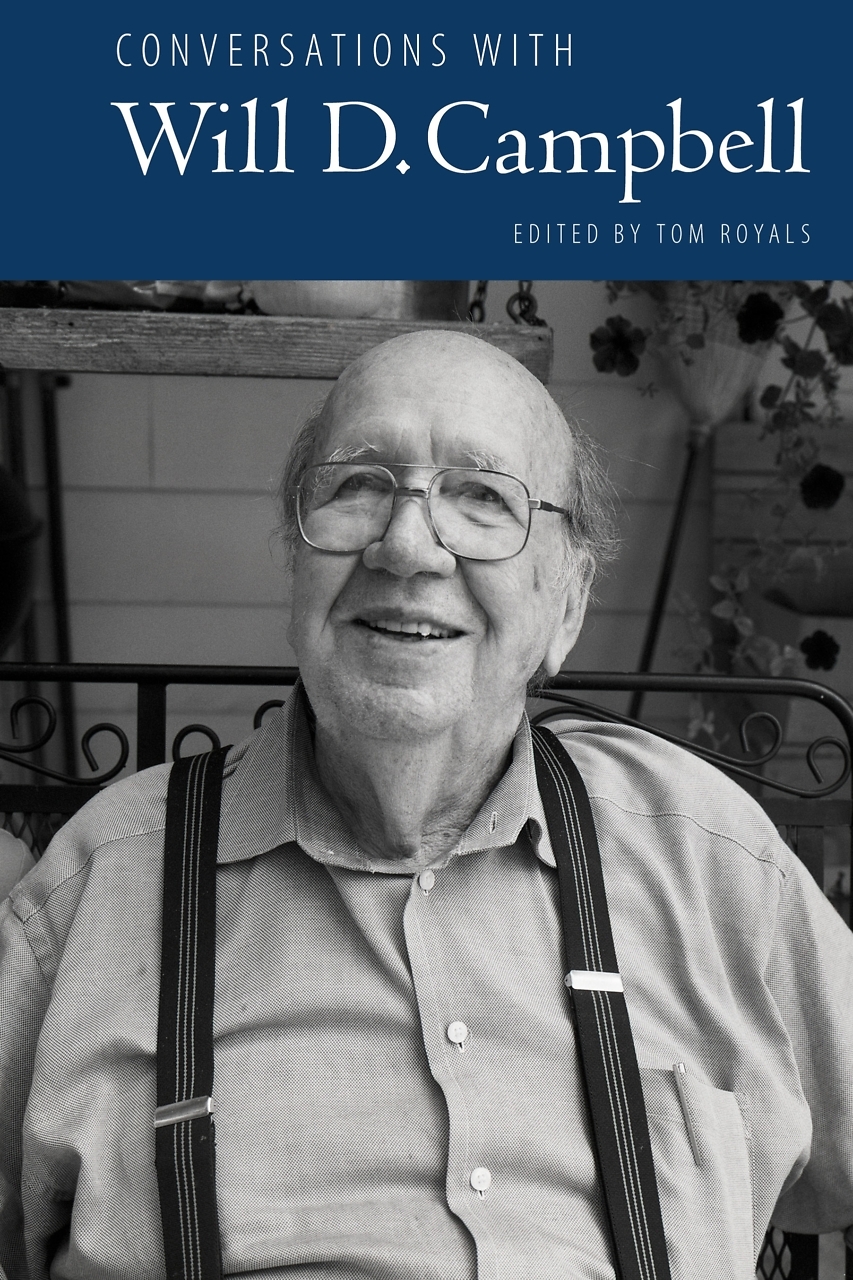Myth and the American Hero
Bob Thompson journeys far to untangle truth from fiction in the life of Davy Crockett
The title of Bob Thompson’s book about Tennessee’s most famous son perfectly conveys Thompson’s central theme. Born on a Mountaintop: On the Road with Davy Crockett and the Ghosts of the Wild Frontier is not just about the famous frontiersman. It’s a book about fame and the myths that arise when a person’s life becomes public property. Thompson’s title puts the myth front and center: Crockett wasn’t born on that Disney-claimed mountaintop—a river junction served as his figurative cradle. And no, he didn’t “kill him a bar when he was only three,” or do many of the other things for which he is renowned. Crockett was a remarkable person, but even before he died his biography was so intertwined with tall tales that he had difficulty controlling his own story. His death at the Alamo virtually guaranteed that the legend would defeat the facts and make him a caricature that endures to the present day.
 “History drives a hard and devious bargain,” writes Thompson, a former feature writer and editor of The Washington Post. “If you aren’t the famous one in the center of the picture, your life will be forgotten, no matter how interesting it is. And if you are the famous one, as Crockett was in just about everybody’s picture of the Alamo, you will never be seen clearly again.” Thompson begins and ends his tale at the Alamo, where Davy’s life ended prematurely, thereby ensuring his lasting fame. But Crockett was Tennessee born and bred, and Thompson’s journey through the life and times of the King of the Wild Frontier covers the east, middle, and west of our “greenest state in the land of the free.”
“History drives a hard and devious bargain,” writes Thompson, a former feature writer and editor of The Washington Post. “If you aren’t the famous one in the center of the picture, your life will be forgotten, no matter how interesting it is. And if you are the famous one, as Crockett was in just about everybody’s picture of the Alamo, you will never be seen clearly again.” Thompson begins and ends his tale at the Alamo, where Davy’s life ended prematurely, thereby ensuring his lasting fame. But Crockett was Tennessee born and bred, and Thompson’s journey through the life and times of the King of the Wild Frontier covers the east, middle, and west of our “greenest state in the land of the free.”
Born on a Mountaintop has been rightfully compared with Sarah Vowell’s Assassination Vacation and Andrew Ferguson’s Land of Lincoln and is a fine example of what might be called road-trip history: the chronicle of a literal footstep-tracing journey through the life of some famous personage. That David Crocket—as he preferred to be called—spent much of his life on the road in search of land on which he could scratch out a living makes this type of peripatetic narrative the perfect form for his biography. And the fact that so many colorful people are drawn to Crockett’s story gives Thompson plenty of opportunity to paint vivid pictures of his encounters along the way. From Dandridge to Lawrenceburg to a meeting with one of Crockett’s descendants in Paris, Thompson crisscrosses Tennessee in search of every possible trace of the real man.
 Ultimately, Thompson does find Crockett, the man, still tucked away in pockets of history scattered around the landscape. A hard-working young man, a tough fighter, an accomplished hunter, Crockett stepped out onto the national stage as a folksy, populist politician from the western wilds. Once in Washington City, he continued fighting for the people back home but soon found himself on the wrong side of Tennessee’s other legend, Andrew Jackson. Failing in both his opposition to Jackson’s Indian removal policy and his efforts to pass a land bill that would have lessened the power of speculators, Crockett tried to use his backwoods image to gain political power. To the people back home, however, he seemed to be enjoying his celebrity a little too much and they turned him out of office. When he left for Texas, Crockett was still trying to find his place in the world, a world that by then had come to view him as more legend than man. “By the time he rode into San Antonio de Béxar,” writes Thompson, “his life story had long since passed into the public domain.”
Ultimately, Thompson does find Crockett, the man, still tucked away in pockets of history scattered around the landscape. A hard-working young man, a tough fighter, an accomplished hunter, Crockett stepped out onto the national stage as a folksy, populist politician from the western wilds. Once in Washington City, he continued fighting for the people back home but soon found himself on the wrong side of Tennessee’s other legend, Andrew Jackson. Failing in both his opposition to Jackson’s Indian removal policy and his efforts to pass a land bill that would have lessened the power of speculators, Crockett tried to use his backwoods image to gain political power. To the people back home, however, he seemed to be enjoying his celebrity a little too much and they turned him out of office. When he left for Texas, Crockett was still trying to find his place in the world, a world that by then had come to view him as more legend than man. “By the time he rode into San Antonio de Béxar,” writes Thompson, “his life story had long since passed into the public domain.”
No modern book about Crockett can avoid reference to the Disney dramatization of his life and the ballad that made him a modern star. Thompson, however, does more than reference this largely fictional version. His journey began with the playing of a CD on the car stereo, when his then four-year-old daughter heard Burl Ives sing “The Ballad of Davy Crockett” and asked to hear it again. “Every stanza,” Thompson notes, “includes the unforgettable line ‘Davy, Davy Crockett,’ and you haven’t lived until you’ve had the thing stuck in your head for a year.”
Soon both father and daughter were hooked, though Thompson’s daughter got over her Crockett infatuation while Thompson himself did not. That’s how he decided he had to get to the bottom of the legend, to find the real man behind the myth. He found himself more and more intent on standing in the remnants of that lost world: “Walt Disney made Davy Crockett the coolest guy in American history,” he writes, “and walking where he walked can still give people chills.”


